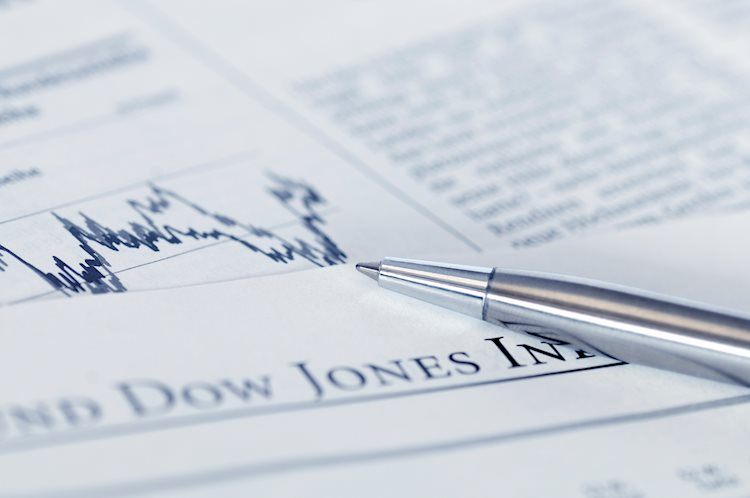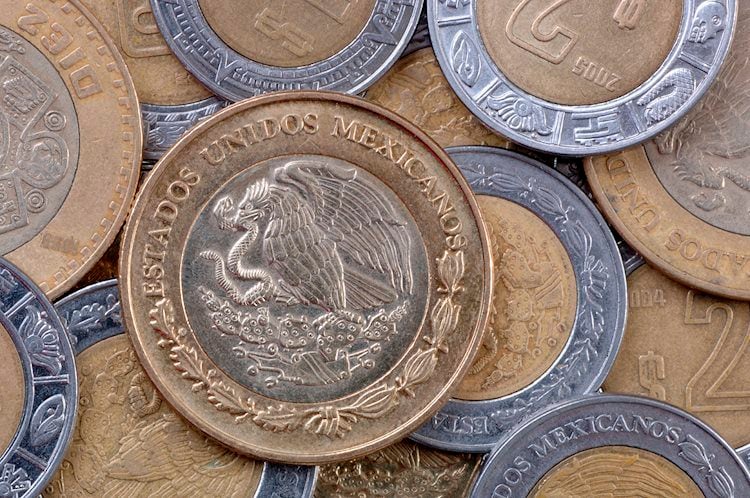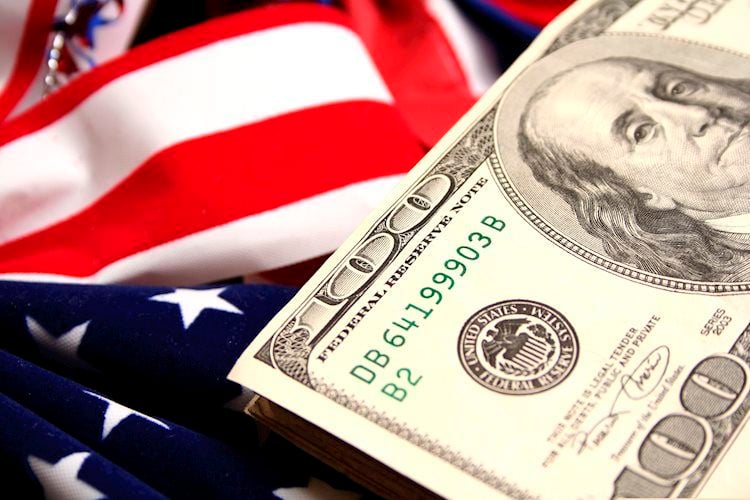CPI in the United Kingdom (June) – 14/07 – One of the key concerns that investors have had this year is the possibility of a strong spike in inflationary pressures, which has been more accentuated this year as a result of supply chain and Brexit-related disruptions, as well as similarly large increases in US and Chinese inflation. Bond rates have risen from where they were at the start of the year as a result of these concerns, and there has been a lot more discussion about when central banks would consider reducing some of their monetary policy support measures. Rising factory gate and commodity prices have only served to exacerbate these fears, and we are already seeing early signs of having to pay higher prices, most notably in the form of higher air fares and other transportation costs. However, these appear to be merely a symptom of normalization following the sharp drops we saw a year ago when the economy went into lockdown, and are unlikely to be sustained. Food costs haven’t been showing any symptoms of rising in general, which is perhaps the more important story. That isn’t to predict that headline CPI will begin to rise sharply in the coming months. We’ve already seen that in the PPI, which has been going higher since the end of last year, when it was 0.2 percent, and reached 9.9 percent in April. If this becomes a leading indication for CPI, we could see a rise towards 2% CPI in the not-too-distant future. The headline CPI increased to 1.5 percent in April, up from 0.7 percent in March, while core prices increased to 1.3 percent. If last week’s experience in the United States is any indication, we may expect additional increases in both of these numbers, pushing them closer to the Bank of England’s statutory objective of 2%, with headline CPI expected to rise to 2.3 percent.
Unemployment in the United Kingdom (May) – 15/07 – The pound has been stuck in a holding pattern for the past few weeks, with the reopening process being put on hold until July due to an increase of Delta variant cases. This should not be reflected in the most recent ILO unemployment figures for May, which are expected to show that the number of individuals on furlough is continuing to decline as the economy reopens. The UK ILO rate is expected to grow to 4.8 percent in May, according to this week’s figures. The UK ILO unemployment rate fell to 4.7 percent in April, after peaking at 5.1 percent in December. The government furlough system is clearly continuing to obscure the pandemic’s underlying consequences, which means that the very serious effects on the UK labor market will not be visible until Q3 at the earliest, as the furlough scheme winds down. Despite the one-month delay in complete reopening, the prognosis remains optimistic for now. The monthly unemployment claims figures are also reflecting this improved trend, with the rate falling to 6.2 percent in May, down from 7.2 percent in March. After the delay in reopening into July, the trend of reduced claims may slow in June. As we approach the middle of the summer, the unemployment forecast remains more positive than negative, but we should brace ourselves for a return to higher levels as furlough measures wind down. Many jobs that existed over a year ago may not return, and the failure to meet the June deadline may be the final straw for several organizations. The Bank of England has previously stated that it expects unemployment to rise, but not by as much as they predicted in February, when they predicted a peak of 7.7%. This was reduced to 5.2 percent for this year in the most recent inflation data, and then to 4.7 percent in the second quarter of 2022.
Retail Sales in the United States – (June) – 16/07 – The considerable amounts of fiscal stimulus have helped to drive a comeback in consumption in the United States this year, but the recovery has been patchy, with significant proportions of US consumers choosing not to spend all of their stimulus windfalls. This is supported by recent personal spending statistics, which has been very quiet except from a couple of good months. Following a 0.9 percent increase in April, retail sales fell by -1.3 percent in May, a far worse drop than projected. We’ve had two negative months and three positive months so far this year, with the two significant positive months being fueled by the stimulus payments issued in January and March. This looks to be a confidence issue for US consumers, and while the labor market is improving, the lower-than-expected number of job increases in the monthly payrolls figures raises concerns about what is happening in the US economy. Home sales are slowing, and prices are rising across the board. In light of this, and with inflationary pressures on the rise, we may see another weak figure when the June figures are released this week. While the United States is progressing well with vaccine distribution plans and the reopening of the economy, with theme and holiday parks now reopening, there still appears to be an overarching sense of caution surrounding consumer spending patterns, which appears to be dampening retail sales. Higher fuel prices aren’t helping matters, however, with a 0.5 percent drop expected in June.
CPI in the United States (June) – 13/07 – The recent steep spike in inflation has put upward pressure on short term rates, making markets rather turbulent in recent weeks. While the US Federal Reserve may view the sudden rise in prices to be transient and susceptible to base effects, a rising number of investors are concerned that these pressures may become more persistent, albeit this has calmed somewhat in recent days. We’ve seen US CPI rise substantially in recent months, from 1.4 percent at the end of last year to 5% in May, far above predictions, with the threat of more to come if PPI prices are any indication. From a similar low point, core prices have risen to 3.8 percent. A significant portion of the recent rises was due to a dramatic spike in used automobile and truck prices, which have climbed sharply in tandem with rising energy costs. Following these figures, as well as a significant increase in PPI prices, there has been much discussion over how much of this will be lost in the data and hence be transitory. As we look forward to this week’s June data, if the recent May PPI numbers are any indication, we could see an even higher number, considering how much PPI tends to be a leading indicator for CPI. While Fed officials acknowledge that inflation has been greater than expected, they remain optimistic that these pressures will abate. As a reminder, the May PPI rose to 6.6 percent, the highest annual figure in more than a decade. The headline CPI is forecast to stay at 5%, but the core CPI, which excludes food and energy, is expected to rise to 4% from 3.8 percent.
China economy – Q2 GDP/Retail Sales (Jun) – 15/07 – early this year, China’s predictions for 2021 GDP growth were set at approximately 6%, with some arguing that it was too optimistic and others arguing that it was too conservative, especially since there has been little sign of a second wave. The jury is still out on how well China’s economy is doing, with retail sales showing some indications of improvement, albeit all of this year’s figures must be viewed in the perspective of a massive skew caused by the pandemic lockdowns a year ago. The People’s Bank of China decreased its banks reserve requirement ratio by 50 basis points on Friday, signaling that the world’s second largest economy may not be as strong as previously thought, which might be a source of concern for this week’s GDP data. While industrial production has recovered very quickly in recent months, consumer attitude has been much more cautious, and it is possible that this is what has Chinese officials concerned. The Chinese economy increased by 0.6 percent in the first quarter, a figure that was surprising given the 3.2 percent growth seen at the conclusion of the previous quarter. On an annualized basis, this was still a respectable 18.3% increase, but it must be viewed in the perspective of a -6.8% drop in Q1 2020. The second quarter GDP is predicted to grow by 1% this week, while June retail sales are expected to expand by 10.9 percent, down from 12.4 percent in May. Industrial production is also predicted to fall, from 8.8 percent to 8%.
ASOS Q3 21 – 15/07 – Despite a positive H1 trading update in April, ASOS’ stock has been trading sideways over the past three months. Following the acquisition of Topshop, Topman, Miss Selfridge, and HIIT for GBP265 million in February, which was entirely funded from cash reserves, the business now has a slew of new brands to add to its portfolio, with integration costs coming in lower than projected. ASOS reported a 19 percent increase in gross profit to GBP890 million in the first half on revenues of GBP1.98 billion. Despite slightly higher costs of GBP15 million owing to Brexit, adjusted earnings before tax increased by 275 percent to GBP112.9 million, a number that was published back in January. Part of the reason for the lack of upside could be due to the fact that the majority of its business is conducted online, and with the UK economy on the mend, more people will be eager to go out and purchase after spending the entire winter home. This could have an impact on trading in Q3, but management remained confident that, despite the loosening of restrictions, full-year predictions were still on track.
Despite the multiple store closures and restrictions it has had to deal with over the previous 15 months, Dunelm Q4 21 – 14/07 – another retailer that has been managed to ride out the harshest impacts of the epidemic. Total sales were down 16 percent from this time last year, at GBP236.6 million, when the business reported in April. Given that stores will have been shuttered for the entirety of Q3, this shouldn’t come as a surprise./n





